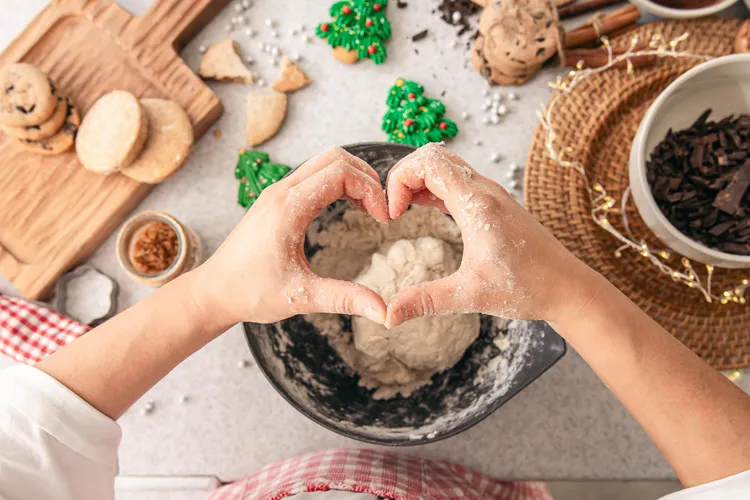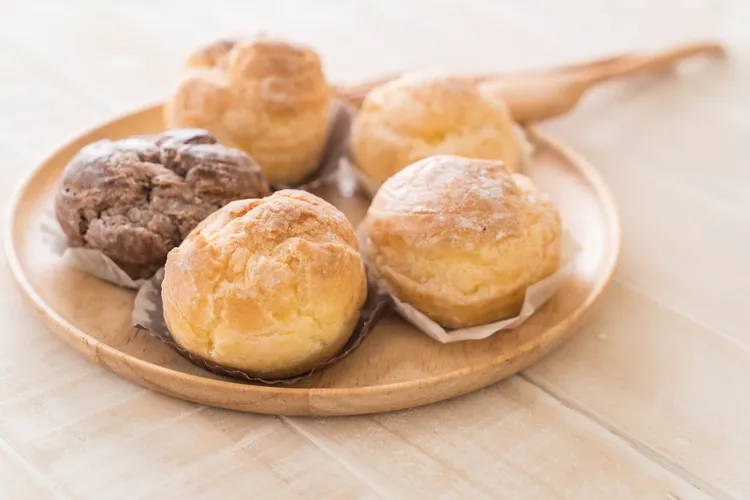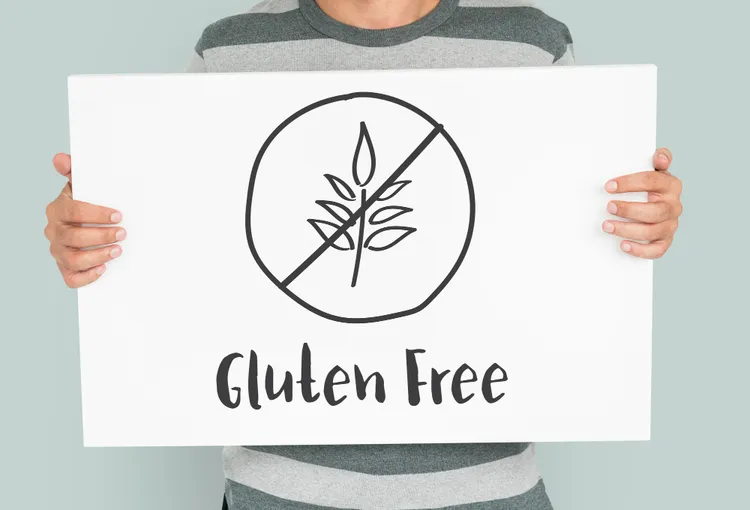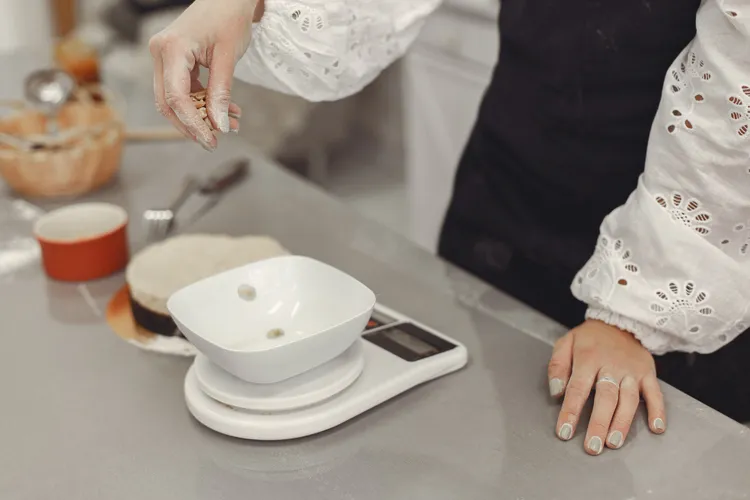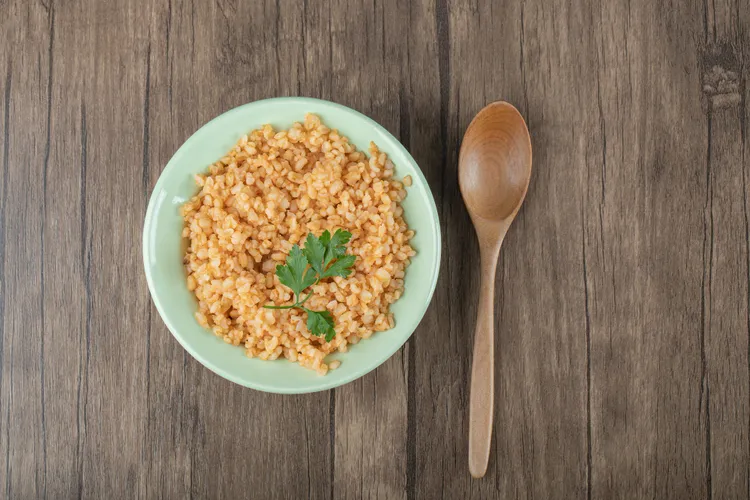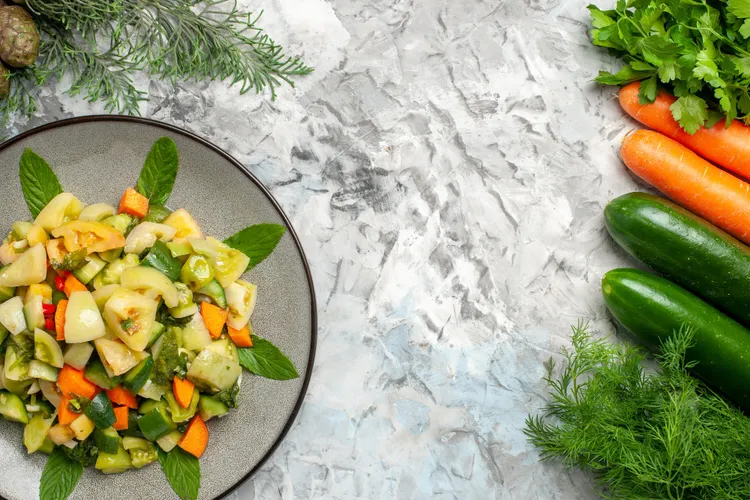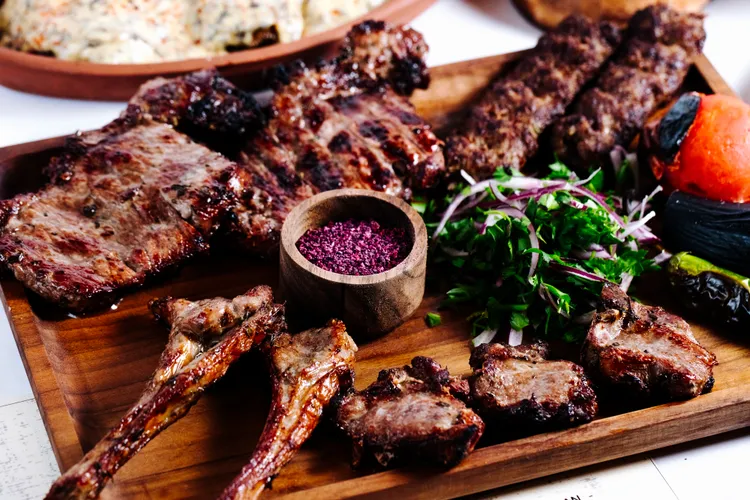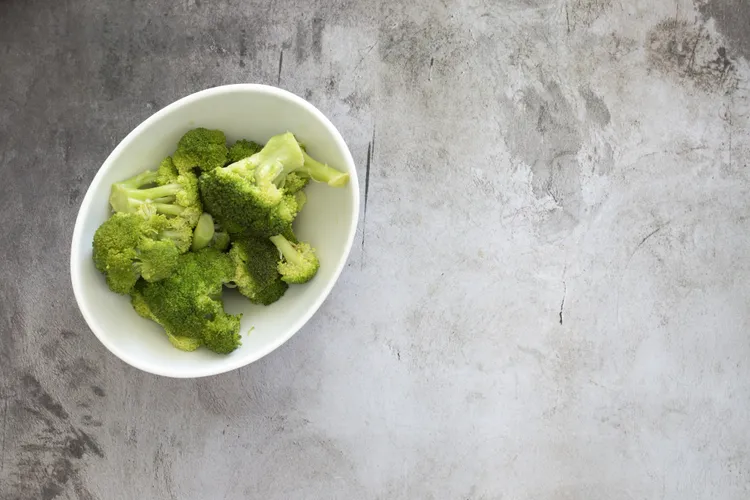The Science of Post-Workout Nutrition
We’ve all heard that what you eat after your workout matters - but have you ever wondered why? The science of post-workout nutrition isn’t about counting macros or chasing supplements; it’s about understanding how your body naturally restores itself after movement. When you know what’s happening beneath the surface - how your muscles rebuild, how energy refills, how hydration supports healing - you can eat with purpose, not pressure.
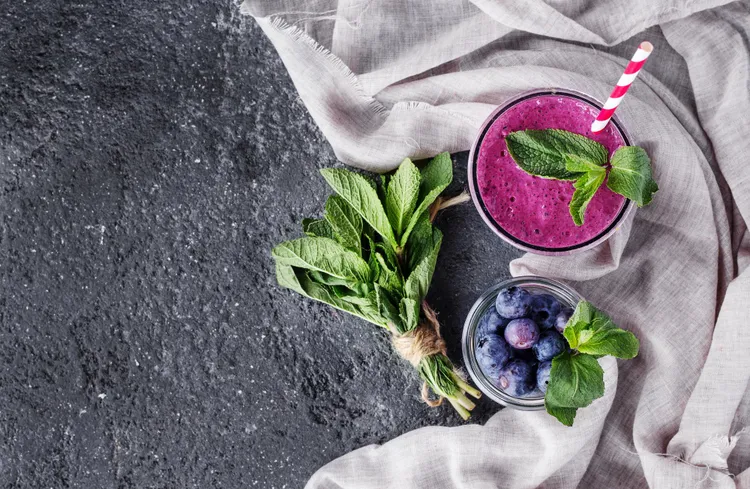
What Happens After You Work Out (and Why Food Matters)
You’ve stretched, sweated, and pushed your limits - now your body’s doing its own kind of workout: recovery.
While you’re cooling down, your muscles are rebuilding tiny fibers, your energy stores are refilling, and your hormones are shifting into repair mode.
And this process - the part that actually makes you stronger - depends on what you eat next.
That’s the “science” of post-workout nutrition.
But don’t worry - this isn’t about calorie math or lab talk.
It’s about understanding your body’s natural rhythm and learning how to support it with real, nourishing food (and yes, delicious smoothies).
Why Post-Workout Nutrition Matters
After exercise, your body is in a “recovery window.”
It’s like your cells are waving tiny flags saying, “Hey, we’re ready to absorb nutrients - send help!”
If you give your body what it needs during this time, amazing things happen:
You rebuild muscle faster.
You restore energy so you don’t feel drained all day.
You reduce inflammation and soreness.
You balance blood sugar and mood.
But if you skip this step - or eat the wrong things - your body stays in stress mode longer, slowing down all that good work you just did.
Think of post-workout food as the “yes, I’ve got you” message your body’s waiting for.
The Three Essentials of Post-Workout Nutrition
Instead of thinking about macros or fancy supplements, focus on three simple keys:
1. Repair with Protein
2. Refuel with Carbs
3. Rehydrate with Fluids and Minerals
That’s it.
If your post-workout smoothie or meal checks those three boxes, you’re already ahead of 90% of people who just reach for coffee or skip eating entirely.
Repair with Protein: Rebuilding Stronger Muscles
When you work out - whether it’s yoga, weights, or a run - your muscles experience tiny micro-tears.
Protein is what your body uses to repair and rebuild those fibers into stronger ones.
The “magic number” isn’t so scary:
Aim for 20-30 grams of protein within an hour after exercise.
You can get this easily from:
Greek yogurt
Protein powder (plant or whey)
Eggs or egg whites
Tofu or tempeh
Cottage cheese
Nutritionist’s Tip: If you’re short on time, blend your protein into a smoothie - your body digests liquid nutrients faster.
Refuel with Carbs: Bringing Back Your Energy
During your workout, your muscles burn glycogen - stored carbohydrates that act like your body’s fuel tank.
Once that tank is empty, you need to refill it.
Carbs are not the enemy here - they’re your recovery partner.
They restore energy, balance hormones, and keep your metabolism humming.
Choose whole-food carbs that digest easily:
Bananas
Oats or quinoa
Sweet potatoes
Berries or mango
Brown rice
Holistic Tip: Combine carbs with protein in the same meal - they work better together, helping your body shuttle amino acids into your muscles faster.
Rehydrate with Fluids & Minerals: The Forgotten Step
Sweating doesn’t just mean losing water - it also means losing electrolytes like sodium, potassium, and magnesium.
If you replace only water, your body might still feel tired, dizzy, or crampy.
The fix?
Include natural electrolyte sources in your recovery meal:
Coconut water
Bananas
Leafy greens
Avocados
A pinch of sea salt
Nutritionist’s Tip: Sip fluids before, during, and after your workout. Hydration isn’t just a follow-up - it’s a flow.
Putting It All Together: What a Balanced Post-Workout Smoothie Looks Like
Here’s an easy way to think about it:
Your blender is your recovery toolkit.
To build the perfect post-workout smoothie, just pick:
1 source of protein (Greek yogurt, protein powder, or tofu)
1–2 servings of carbs (banana, mango, oats)
1 hydration base (water, coconut water, or milk)
1 healthy fat (nut butter, chia seeds, or avocado)
1 booster (spinach, ginger, or turmeric)
Blend, sip, and let your body do the rest.
Warm workouts deserve cooling smoothies; cold weather sessions call for cozy recovery bowls (like warm oatmeal or sweet potato).
What If You Don’t Like Smoothies? (Other Post-Workout Meal Ideas)
Of course, not everyone loves drinking their recovery - and that’s totally fine. If smoothies aren’t your thing, there are plenty of satisfying, real-food meals that can help your body recover just as effectively.
While smoothies are quick and convenient, plenty of people feel more satisfied with a real meal they can chew, savor, and sit down to.
The good news? You don’t need a blender to refuel effectively. The same recovery principles apply - it’s just about the plate instead of the glass.
Your post-workout meal should still focus on three key elements: lean protein to repair muscle, complex carbohydrates to restore energy, and colorful veggies or healthy fats to fight inflammation and support hydration.
Think of it as your recovery triangle:
Protein → rebuilds your strength
Carbs → restore your energy tank
Fats & Veggies → calm inflammation and keep you nourished
You can easily put this into practice with simple, wholesome meals - grilled fish with veggies, tofu and rice bowls, roasted sweet potatoes with chickpeas, or hearty salads topped with avocado and seeds.
These meals help you recover just as efficiently as a smoothie, with the added comfort of warm flavors, textures, and satisfaction.
Recovery doesn’t have to be blended - it just needs to be balanced. Choose foods you enjoy, eat mindfully, and let your body do the rest.
Recovery Is the Real Workout
Here’s a truth most people overlook:
You don’t grow stronger in the gym - you grow stronger after it.
That’s why post-workout nutrition isn’t about being perfect - it’s about being present.
It’s about listening to your body, honoring your effort, and choosing foods that help you feel whole again.
So the next time you roll up your yoga mat or wipe the sweat from your last rep, ask yourself:
What does my body need right now to feel restored?
Then grab your blender, your favorite smoothie bowl, or a cozy meal - and feed your recovery with care.
Continue Your Recovery Journey
- Post-Workout Smoothies & Recovery Meals: The Complete Guide
- High-Protein Smoothie Recipes for Muscle Recovery
- Anti-Inflammatory Smoothies for Muscle Soreness
- Hydration & Electrolyte Balance After Exercise
- What to Eat After a Workout: Timing & Strategy for Optimal Recovery
- Mindful Eating After Exercise
- Build-Your-Own Post-Workout Smoothie: The Ultimate Formula for Recovery
- Pre-Workout vs Post-Workout Nutrition: What’s the Difference?
- 10 Best Ingredients for Post-Workout Smoothies
Common Questions About Post-Workout Nutrition
Do I really need to eat right after a workout?
Yes - within 30–60 minutes is ideal. Your body absorbs nutrients best during this “recovery window.”
What if I’m trying to lose weight?
You still need to refuel! Just keep it balanced - choose lean protein, light carbs, and skip heavy fats.
Can I just drink water instead of eating?
Nope - water hydrates, but it doesn’t rebuild. You need both nutrients and fluids to recover.
Is it okay to use supplements or protein powders?
Yes - they’re great if whole food isn’t an option. Just pick clean ingredients with minimal sugar or additives.
